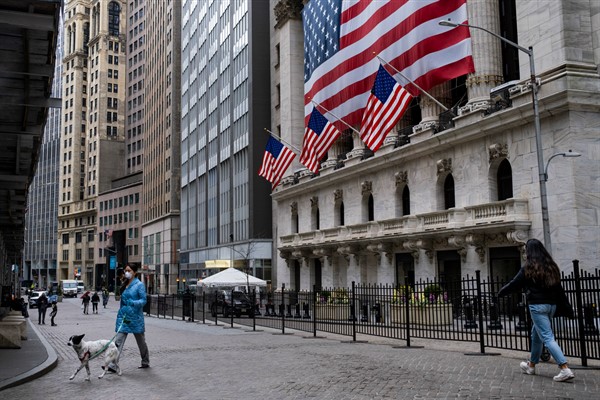Among the remarkable, unexpected developments during the coronavirus pandemic is one that may seem arcane to most people, but is nevertheless loaded with significance: the steep drop in the strength of the U.S. dollar. Fluctuations in currency markets respond to multiple factors, to be sure, but the effectiveness of government policy is unquestionably one of them. A close look at the behavior of currency markets over the past six months strongly suggests that the sinking fortunes of the once-reliable greenback represent a global vote of no-confidence in the actions of the current U.S. government.
Early in the pandemic, financial markets behaved as one might have predicted. In times of uncertainty, investors flock to safety, a category that has tended to include the U.S. dollar. Sure enough, the dollar, which had been steadily climbing for a couple of years, strengthened even more. That made sense. The coronavirus had struck Asia and Europe. The U.S., the world’s largest, most resilient economy, had a good chance of being shielded by the extra time Americans had to prepare for the pandemic and prevent the coronavirus from creating a crisis of the magnitude faced at the time by Italy or Spain.
Signs of trouble, however, were already on the horizon. President Donald Trump had repeatedly downplayed the threat and was taking steps to silence scientists warning about the gravity of what the country faced. Still, investors reassured themselves, looking at America’s strong public health institutions, and perhaps thinking Trump’s words amounted to political theater rather than a warning sign about the actual policies to come. The dollar kept rising.

